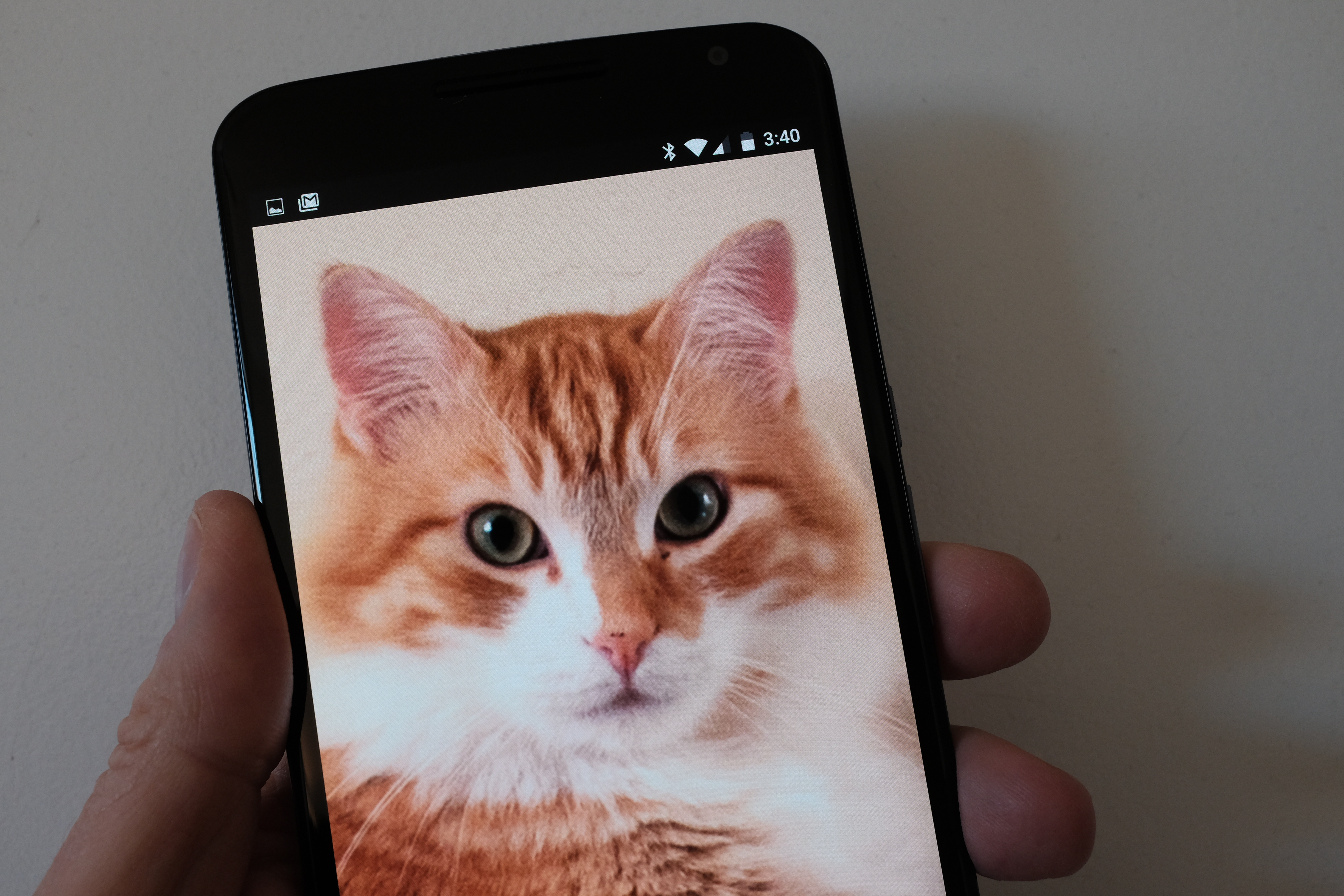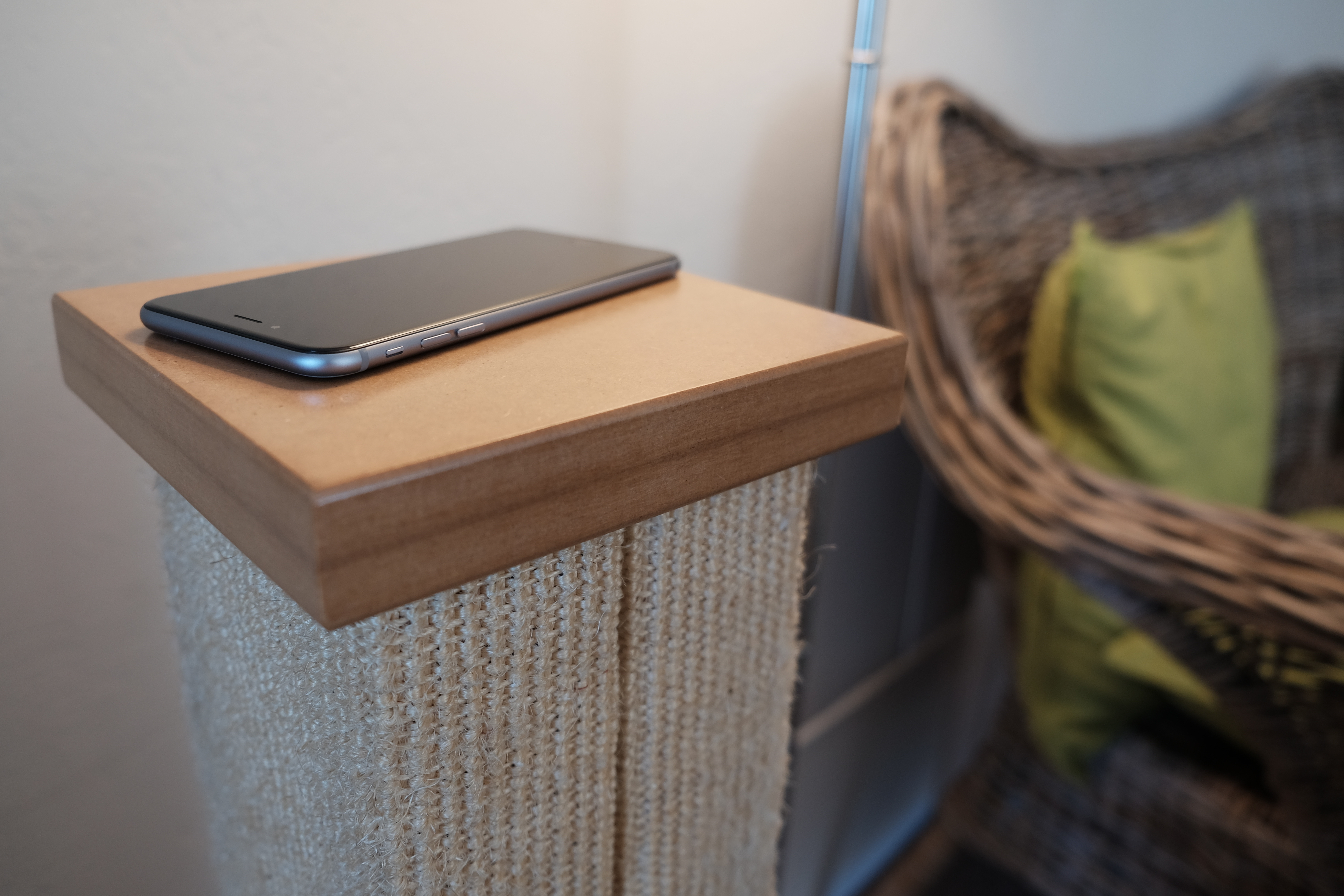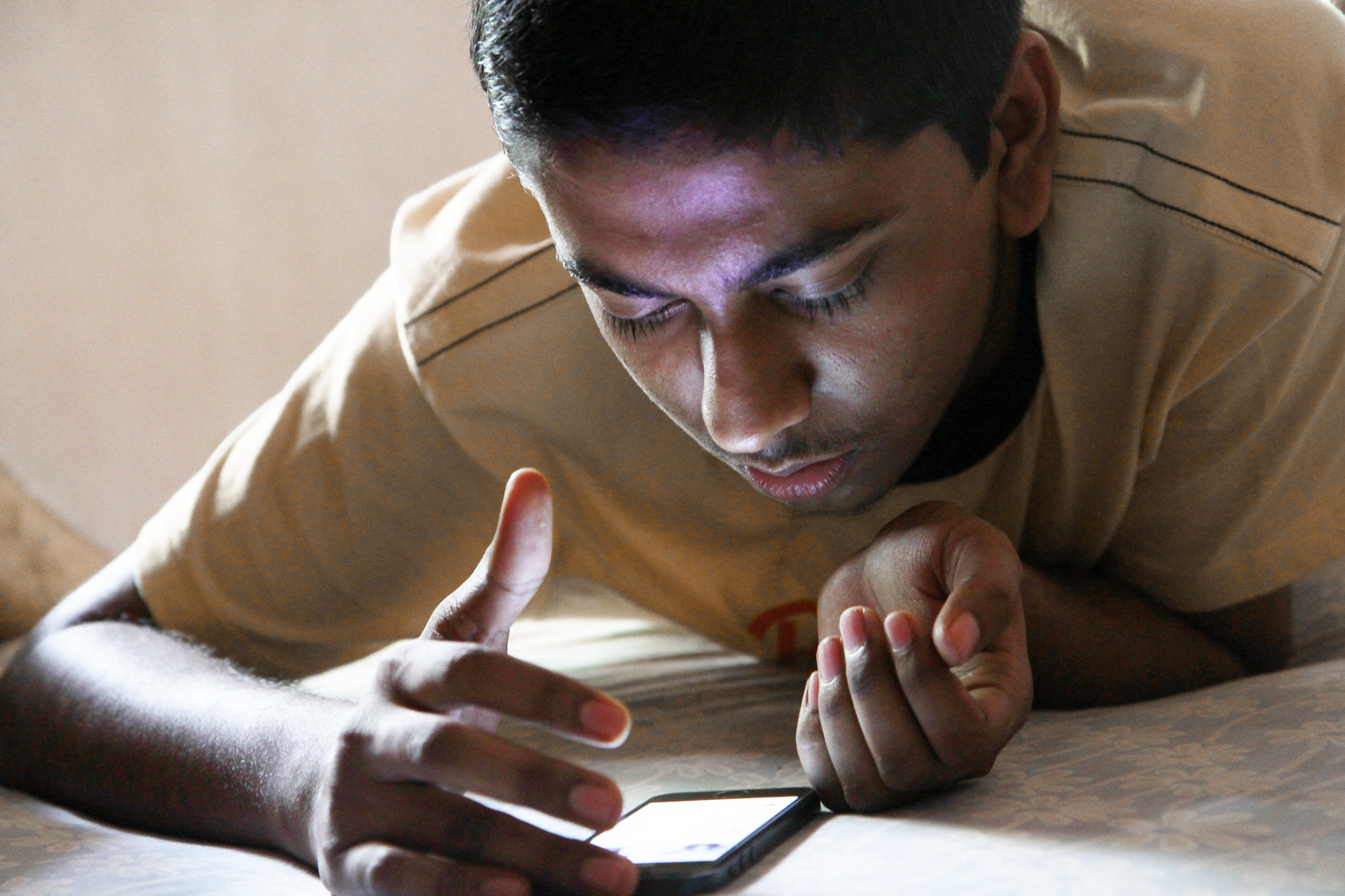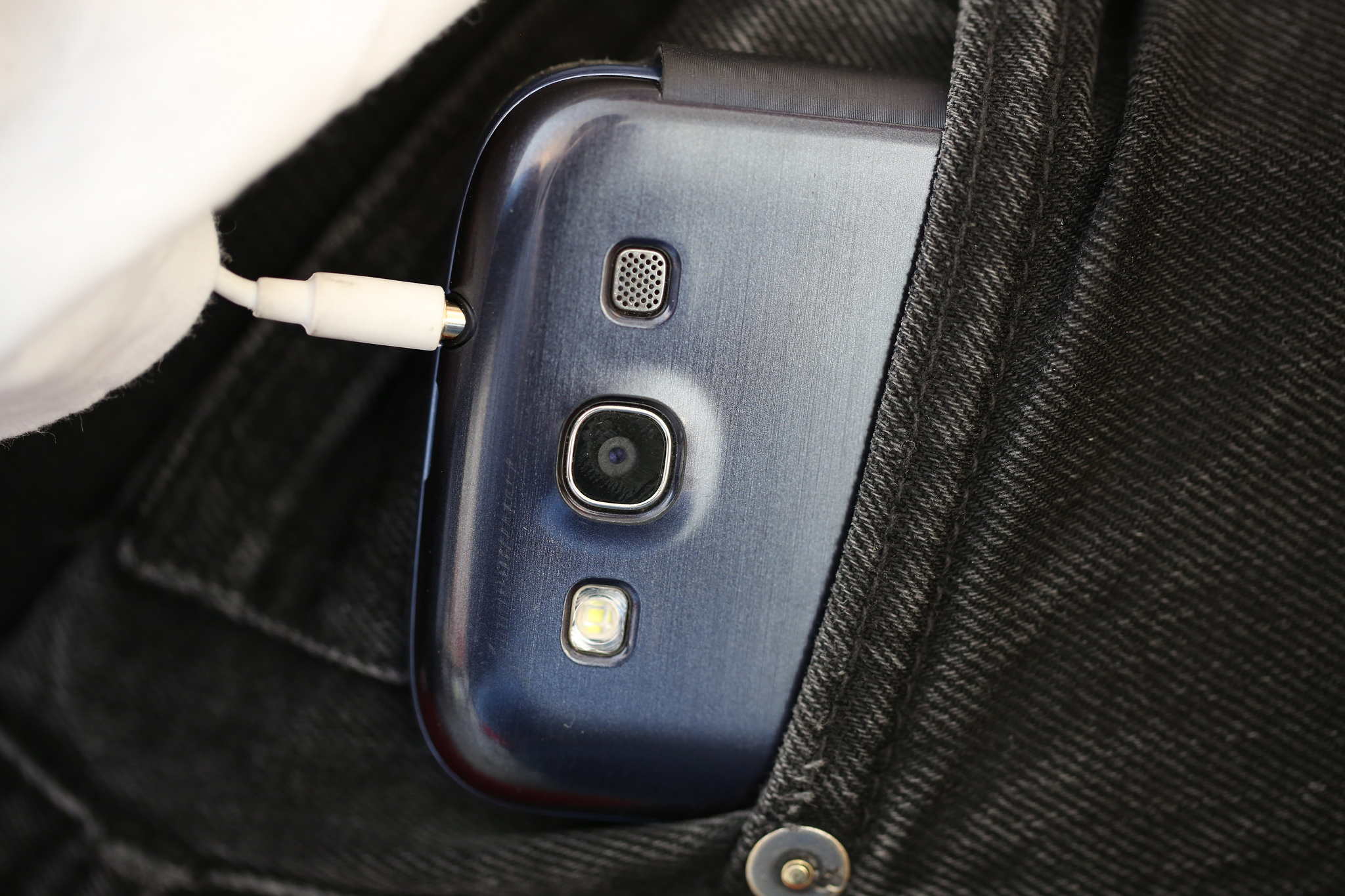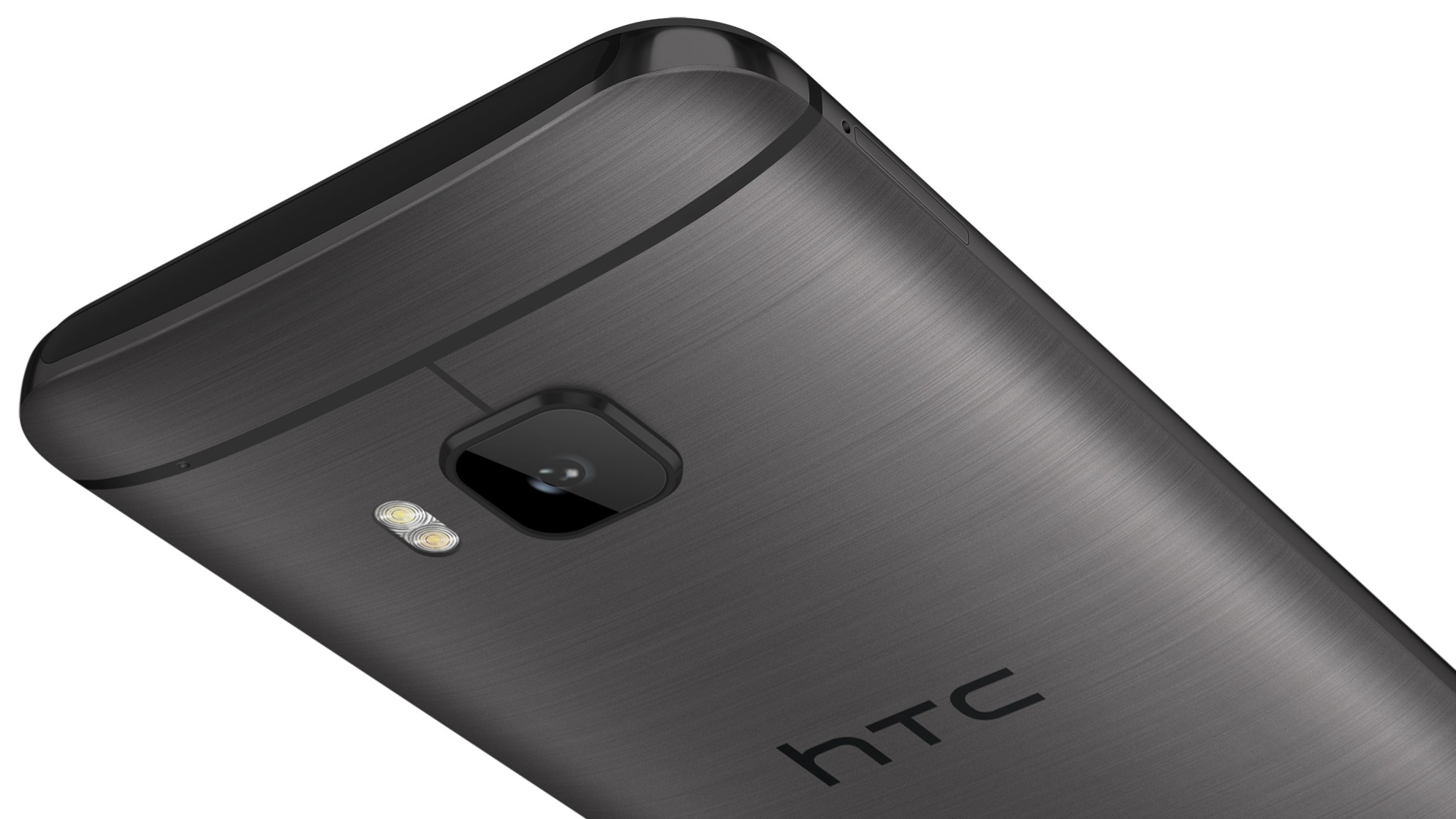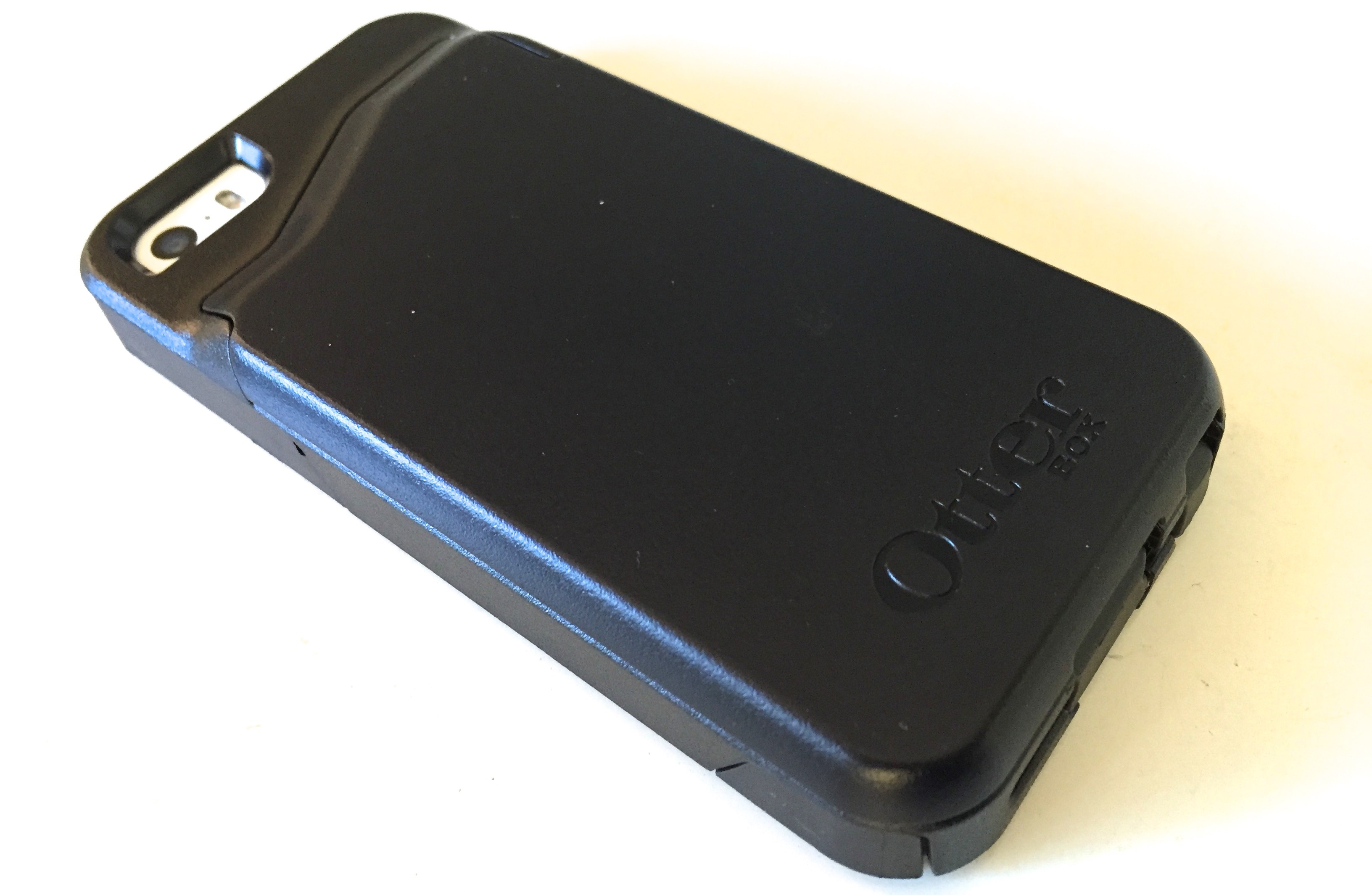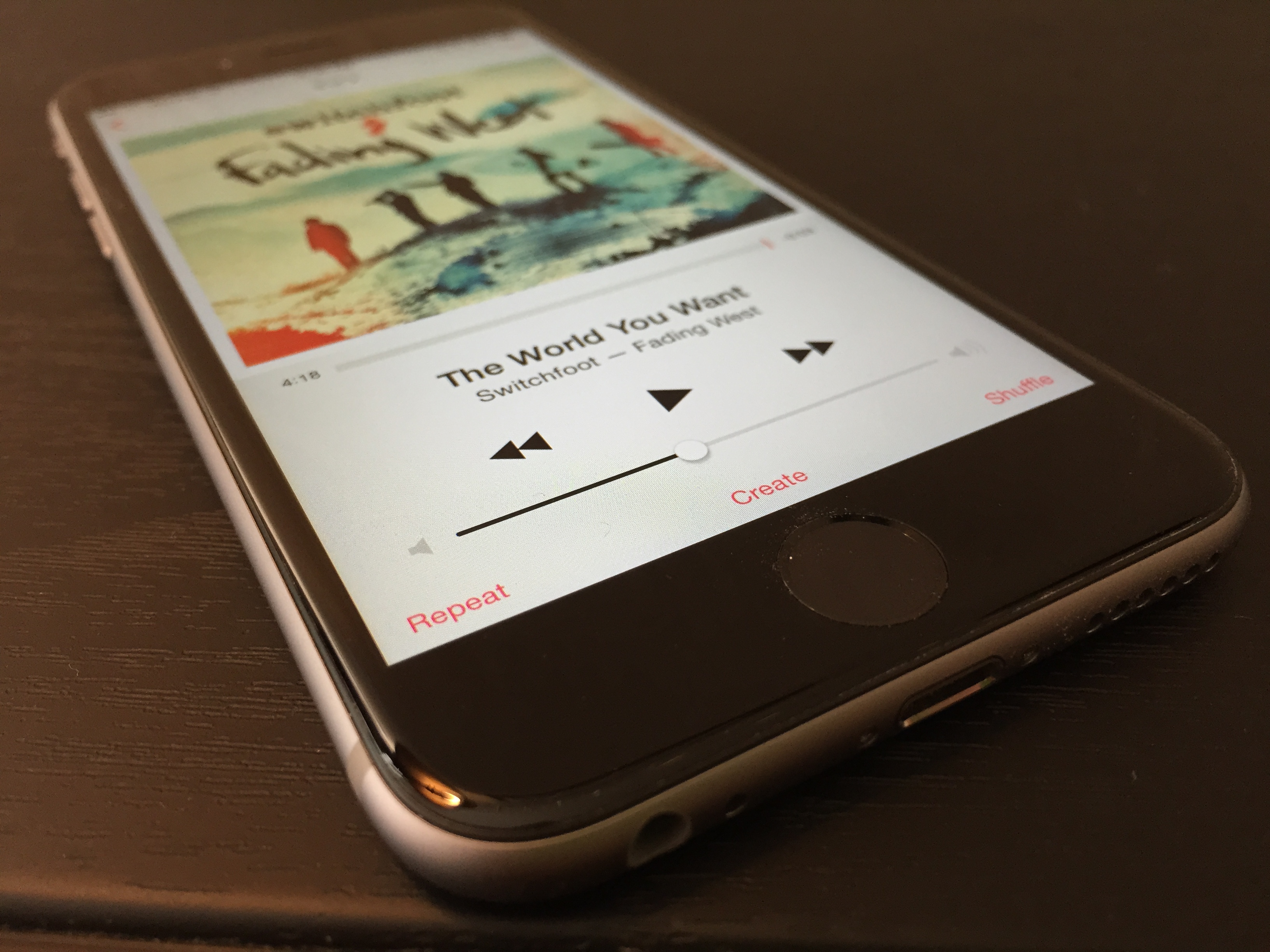Contemplation turns to action. I had been looking for Nexus 6 to test Google’s Project Fi. My sister bought my phablet two months ago, when I got iPhone 6 Plus to test iOS 9, but N6 is the only device currently supported on the cellular service.
Last night, I oogled at Nexus 6 for $499.99 on Amazon, which already was a hefty discount. This AM, I rolled out of bed to see $349.99. Both prices are for the 32GB model. Double the memory and pay $399.99. Yesterday: $549.99. Surely the price and supply can’t last. That’s helluva good deal—and for both colors: Cloud White and Midnight Blue. What the hell. I ordered the bigger capacity dark one for free same-day delivery.
